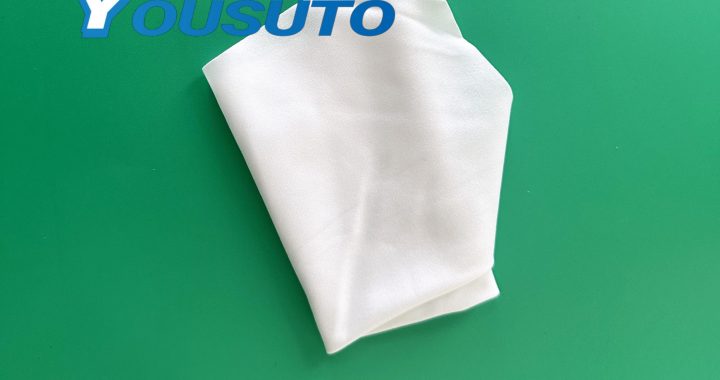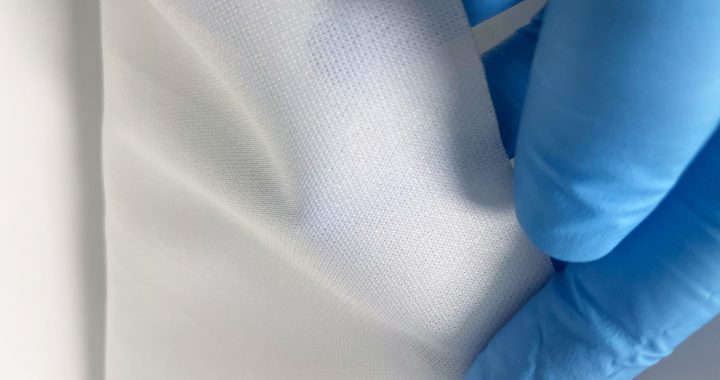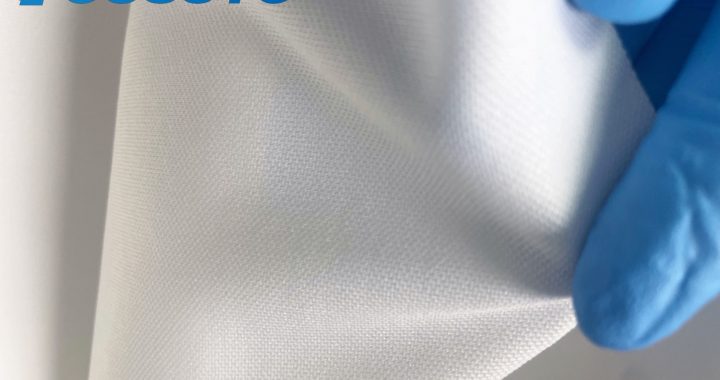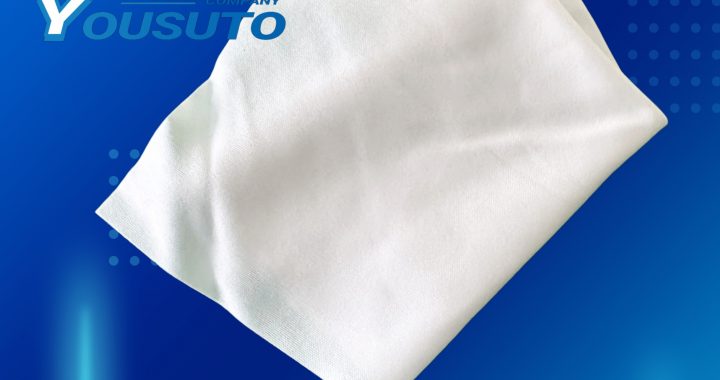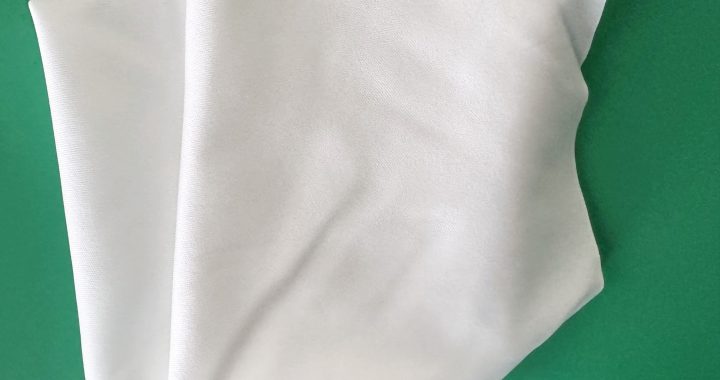Pre-wetted cleanroom wipes are essential for efficiently cleaning laboratory precision components. Lint-free and anti-static, these wipes are pre-saturated with high-purity solvents that safely remove dust, oils, and microscopic residues from delicate surfaces. Proper techniques, such as single-direction wiping, controlled pressure, and selecting the correct wipe size, prevent particle redistribution and electrostatic discharge (ESD). Using pre-wetted wipes improves cleaning speed, reduces solvent consumption, and ensures the accuracy, reliability, and longevity of high-precision components in Class 100–1000 cleanrooms and research laboratories.
Key Features:
-
Pre-saturated with high-purity solvents for effective cleaning
-
Lint-free and anti-static for ESD protection
-
Safe for delicate precision components
-
Enhances cleaning efficiency and reduces cleaning time
Application Scope:
-
Laboratory precision component maintenance
-
Class 100–1000 cleanrooms
-
Semiconductor and electronics research facilities
-
High-precision optical and electronic devices
